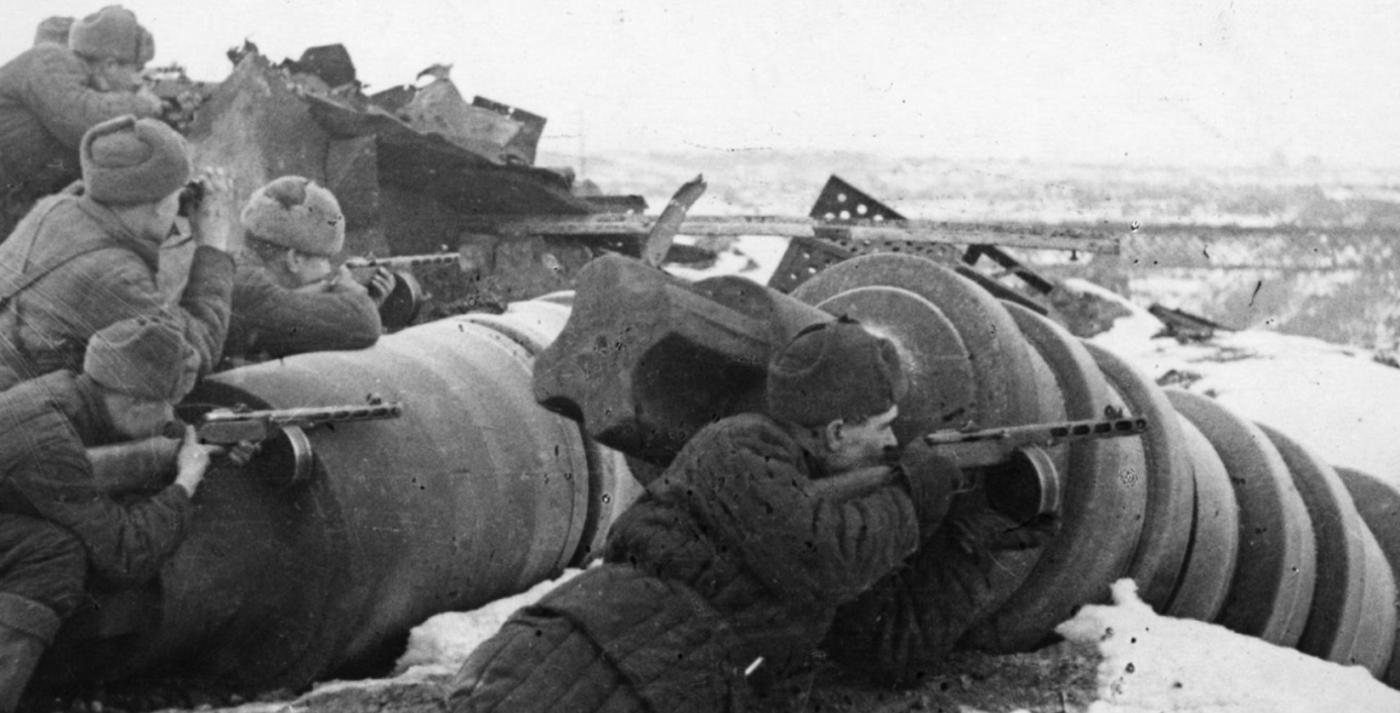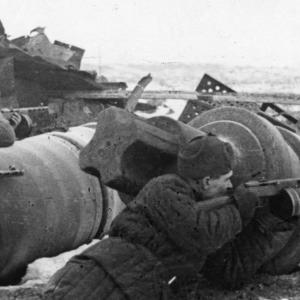
On this day in military history…
On 23 November 1942, the Germans learnt with dreadful clarity that the battle for Stalingrad was no longer under their control. For months they had believed they had locked the Soviet defenders in a stranglehold by pushing them back to a thin strip of land along the Volga. They had bombed the city to rubble, fed division after division into the streets and factories, and with each ruin they captured they assured themselves that the collapse of the Red Army in the region was certain. But the Soviets had not been beaten. They had been planning.
The counter attack which broke the deadlock was part of Operation Uranus, conceived primarily by Marshal Georgy Zhukov and executed under the direct front command of General Nikolai Vatutin in the southwest and General Konstantin Rokossovsky in the Don Front sector. Zhukov had long insisted that the Germans, by pouring their best formations into the city to crush the last defenders, had fatally overextended themselves. Their flanks to the north and south of Stalingrad were held not by elite German infantry or panzers but by weaker satellite armies from Romania, Hungary and Italy. The Soviets prepared for weeks, gathering reserves quietly, moving artillery by night, building up tank concentrations in steppe positions far back from the front line so that German reconnaissance would underestimate their strength. When they struck, it was at exactly those weak flanks, not at the German troops dug into the smashed city itself.
The main Soviet armoured spearheads smashed into the Romanian Third Army in the north on 19 November, and then hit the Romanian Fourth Army in the south the next day. The Romanians fought bravely but were hopelessly outgunned, and German armour reserves were too few and too late. Once the Soviet pincers began to link up, it was only a matter of time before they completed their great encirclement. By 23 November the jaws of the trap snapped shut near the town of Kalach, west of Stalingrad, sealing inside the pocket almost a quarter of a million Axis soldiers including the entire German Sixth Army under Friedrich Paulus and elements of the Fourth Panzer Army. It was this day, the 23rd, that shattered German confidence and signaled to senior German commanders that the initiative had passed irrevocably to the Red Army.
For the Germans the consequences were catastrophic. The Sixth Army suddenly shifted from attacker to surrounded, starving survivor. Hitler forbade Paulus to attempt breakout, promising instead that supplies would be flown in by the Luftwaffe. It was fantasy. The airlift could not keep thousands of men fed, fuelled or armed. Temperatures fell, rations disappeared, wounded soldiers froze in cellars while the Soviet ring around the city tightened every week. What the Germans had proudly called the decisive battle on the Volga turned, because of one miscalculation and one immense Soviet counterstroke, into a trap from which their army could not escape. Uranus did not merely relieve the defenders still clinging to the western bank of the Volga. It transformed Stalingrad into the turning point of the entire war on the Eastern Front and demonstrated that the Soviets under Zhukov were no longer reacting in desperation to German moves. They had seized the strategic initiative and would never give it back.










